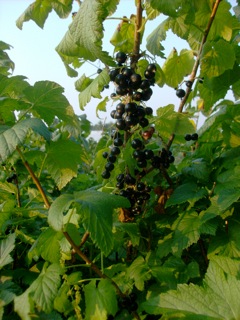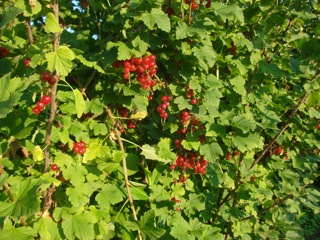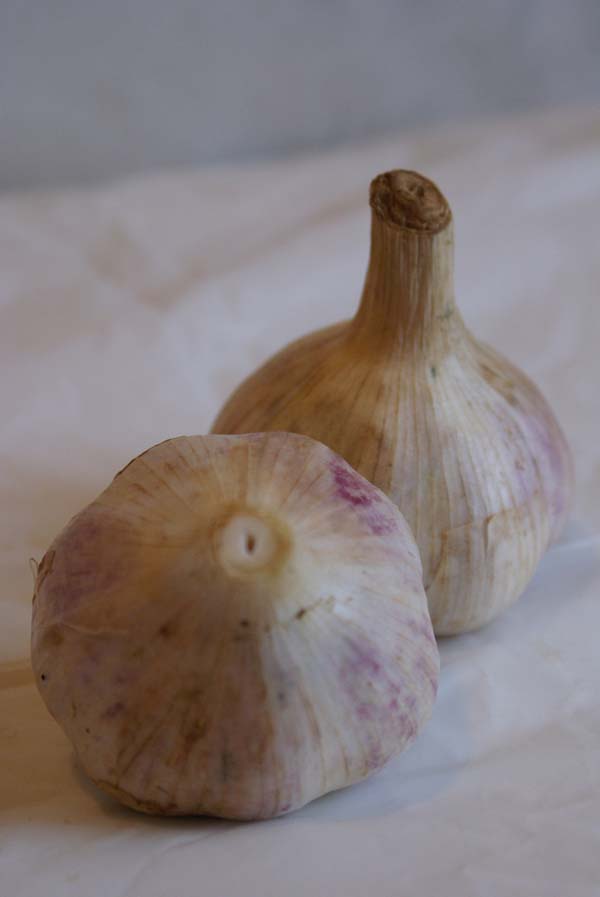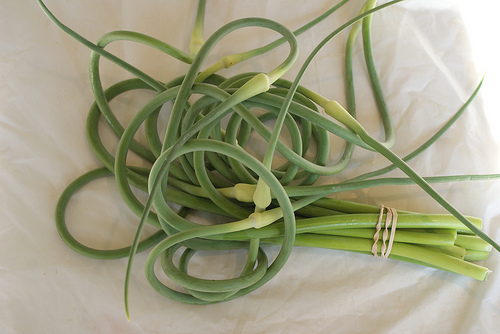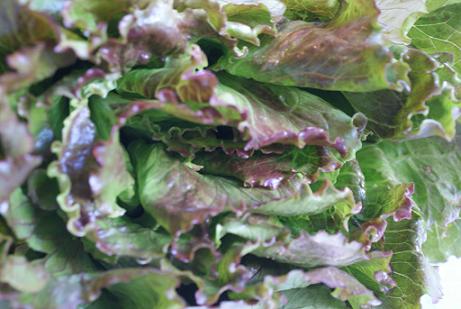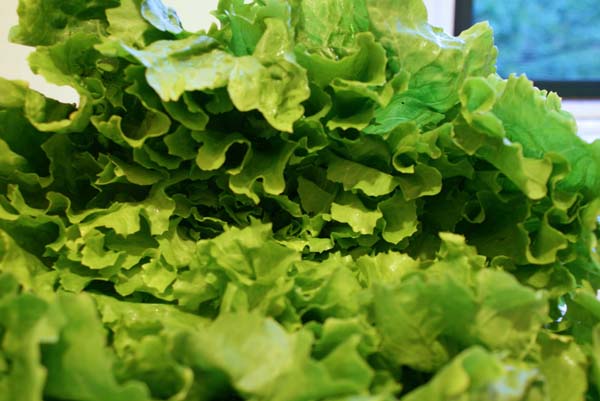
Escarole is a variety of endive whose leaves are broader, paler and less bitter than other members of the endive family. Like radicchio, kale and chard, escarole is a hearty green that thrives late into the growing season. The heart of an escarole head is less bitter because the leaves haven’t gotten as much sunlight.
Nutrition:
Escarole is high in folic acid, fiber, and vitamins A and K.
Storage:
Do not store greens in paper bags. Store unwashed with a dampened paper towel in a perforated plastic bag and refrigerate. By changing the towel occasionally and keeping it damp, you’ll be able to store the greens for up to a week.
Freezing: These greens freeze well. Wash, then blanch for 3 minutes, drain and plunge into ice water. Chill for two minutes; drain. Pack in freezer containers or bags. Use within 6 months.
AKA:
Endive
Cooking tips:
Escarole can be eaten raw or gently cooked. It can be eated raw as a salad green, cooked and eaten as a vegetable side dish or added to soups.
Substitutions:
Raw: Curly endive or radicchio.
Cooked: Kale
Equivalents:
1 medium head = 7 cups torn = 4 salad servings


